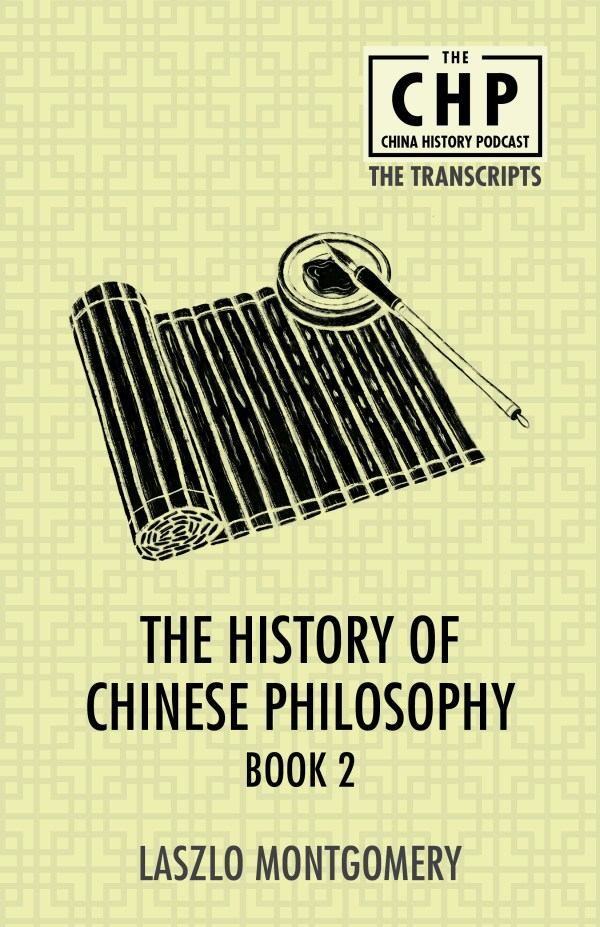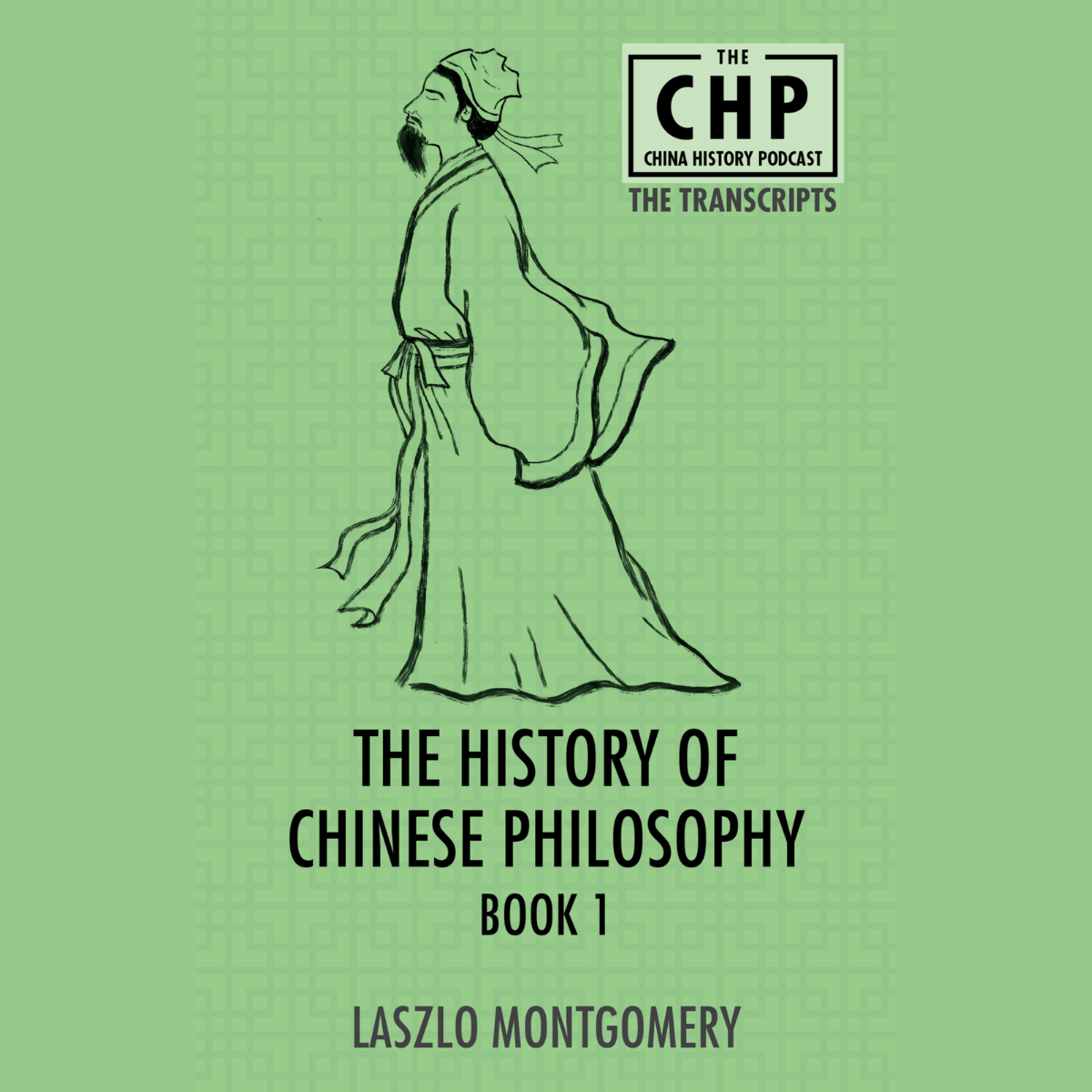Ep. 180 | The Earliest Years of Christianity in China
Many people don’t know that the first preaching of Christianity in China pre-dated the Jesuits by more than nine centuries. We’ll take a second cursory look at the Jesuits as part of a bigger story that includes Christianity in China during the Tang and Yuan dynasties. We’ll also see that prior to the arrival of Matteo Ricci, there were two other lesser-known attempts to grow Christianity in China.
Listen On Your Favorite Podcast Player
Terms in Episode
| Pinyin/Term | Chinese | English/Meaning |
|---|---|---|
| Āluóběn | 阿罗本 | Nestorian monk who visited Chang’an in 635 CE |
| Zhū Yuánzhāng | 朱元璋 | Ming Dynasty founder, also known as the Hongwu Emperor – reigned 1368-1398 |
| Zhōu Gōng | 周公 | Duke of Zhou |
| Yōngzhèng | 雍正 | Successor to the Kangxi Emperor |
| Yáng Tíngyún | 杨廷筠 | One of the Three Pillars of Catholicism in China |
| Xīān Wénchāng Gate | 西安文昌门 | One of the ancient gates of Xian |
| Xīān | 西安 | Capital of Shaanxi province, location of ancient of Chang’an |
| Xīn Jiào | 新教 | the New religion |
| Xú Guāngqǐ | 徐光启 | Also known as Paul Hsu, a colleague of Matteo Ricci |
| Xiàmén | 厦门 | Ancient port city in Fujian |
| Táng Wǔzōng | 唐武宗 | Tang Emperor from 840-846 |
| Táng Tàizōng | 唐太宗 | Taizong Emperor, formerly known as Li Shimin |
| Tiānzhǔjiào | 天主教 | Roman Catholicism “The religion of the Lord of Heaven” |
| Shùnzhì | 顺治 | 1st Qing Emperor to rule over China 1643-1661 |
| Quánzhōu | 泉州 | Another ancient port city in Fujian |
| Lǐ Zhīzǎo | 李之藻 | Along with Xu Guangqi and Yang Tingyun, he was one of the Three Pillars of Catholicism in China. |
| Lǐ Shìmín | 李世民 | 2nd son of Li Yuan, the Tang founder |
| Luō Guànzhōng | 罗贯中 | Author of the classic novel “Romance of the Three Kingdoms |
| Kāngxī | 康熙 | Successor to Shunzhi, the longest reigning Chinese emperor 1661-1722 |
| Khanbaliq | 汗八里 | Capital of Yuan Dynasty China. Present day Beijing |
| Jǐngjìng | 景淨 | Christian monk who wrote the story of Alopen on the Nestorian Stele |
| Jǐngjiào bēi | 景教碑 | The Nestorian Stele (or Tablet) |
| Jǐngjiào | 景教 | Nestorian Christianity |
| Jīdūjiào | 基督教 | Protestantism |
| Jīdū | 基督 | Christ |
| jiào | 教 | religion or teaching |
| Hóngwǔ Emperor | 洪武帝 | Zhu Yuanzhang, who came from humble beginnings and founded a dynasty. |
| Hàn Wǔdì | 汉武帝 | Western Han emperor from 141-87 BCE |
| Huáng Cháo Uprising | 黄巢起义 | Uprising lasting 881-884, weakened the Tang Dynasty. |
| Fùpíng County Shaanxi | 陕西富平县 | Northeast of Xian, the place where the stone came from that the Nestorian Stele was made from. Also the ancestral home of President Xi Jinping. |
| Fáng Xuánlíng | 房玄龄 | Chancellor under Taizong |
| Dōngzhèngjiào | 东正教 | Eastern Orthodox “The religion of Eastern Truth” |
| Dù Rúhuì | 杜如晦 | Chancellor under Taizong, colleague of Fang Xuanling |
| Dàqín Jǐngjiào liúxíng Zhōngguó bēi | 大秦景教流行中国碑 | “A Monument Commemorating the Propagation of the Dàqín Luminous Religion of China” or “The Story of the Coming of the Religion of Light from the West to China.” |
| Dàqín | 大秦 | Rome |
| Dàdū | 大都 | Great Capital…other name for Khanbaliq |
| Dorgan | 多尔衮 | Prince Regent during the reign of the Shunzhi Emperor |
| Cháng’ān | 长安 | Capital of Tang Dynasty China (present day Xian) |
| Bēilín Bówùguǎn | 碑林博物馆 | The Forest of Monuments Museum in Xian |
| bēi | 碑 | a stele or stone tablet or monument. |
Resources
Podcasts
Three Kingdoms Podcast by John Zhu
The China History Podcast - “Ep. 98 | Ricci, Schall, Verbiest”









For this 18th and final episode in the series, we'll focus on the rival philosophies of Lu Xiangshan 陆象山 and Zhu Xi 朱熹。